21 pages • 42 minutes read
Gwendolyn BrooksThe Lovers of the Poor
Fiction | Poem | Adult | Published in 1963A modern alternative to SparkNotes and CliffsNotes, SuperSummary offers high-quality Study Guides with detailed chapter summaries and analysis of major themes, characters, and more.
Symbols & Motifs
Food
Food is an important motif in “The Lovers of the Poor.” It indicates culture and social status. Brooks repeats “chitterling(s)” (Lines 36 and 78)—cooked animal intestines. During slavery in America, Black people would only be given the least desirable cuts of meat, and chitterlings—also called chitlins—became part of soul food cuisine. Another food item indicative of the low social status is the “potato” (Line 60). Potato recipes include poor man’s potatoes and peasant potatoes, to give a sense of the symbolic associations that potatoes have with being poor.
In contrast to this, the rich white women eat expensive foods. They are described as “full” (Line 14) and “Turtle soup” (Line 68)—a pricey delicacy—is listed as a dish they enjoy. Food-related adjectives abound in the list of their extravagant possessions. The speaker’s catalog includes the words “rubbed glaze” (Line 43) and “tasteful” (Line 45), which can be applied to food or furnishings just as the term “rich” can be applied to both. This speaks to the ladies’ lavish lifestyles.
Oldness
The speaker of “The Lovers of the Poor” presents the symbol of oldness as both negative and positive. For the poor, oldness is negative, symbolizing desiccation and dirt. Their homes are made of old materials that are in poor repair, and are filled with “old smoke” (Line 35).
Related Titles
By Gwendolyn Brooks
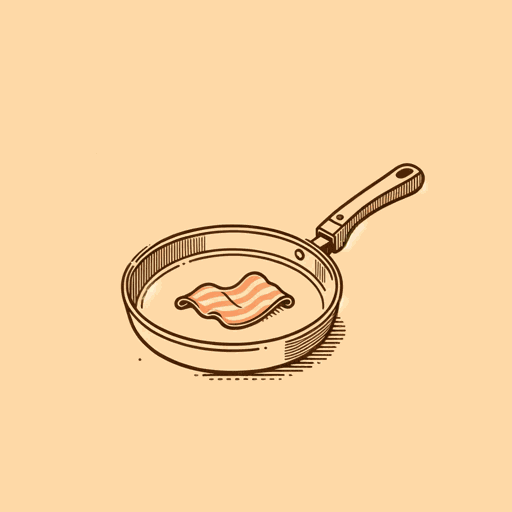
A Bronzeville Mother Loiters in Mississippi. Meanwhile, a Mississippi Mother Burns Bacon
Gwendolyn Brooks

A Sunset of the City
Gwendolyn Brooks

Boy Breaking Glass
Gwendolyn Brooks

Cynthia in the Snow
Gwendolyn Brooks
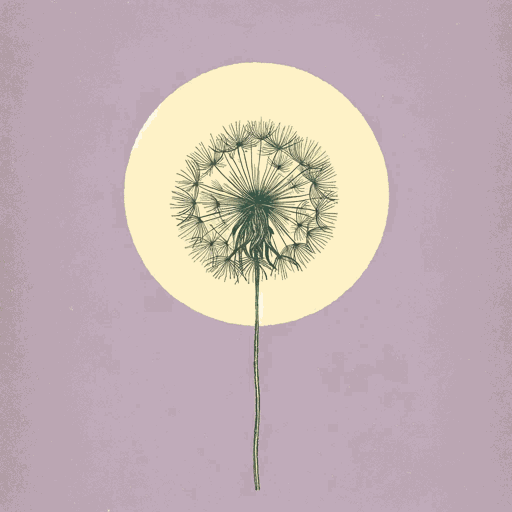
Maud Martha
Gwendolyn Brooks
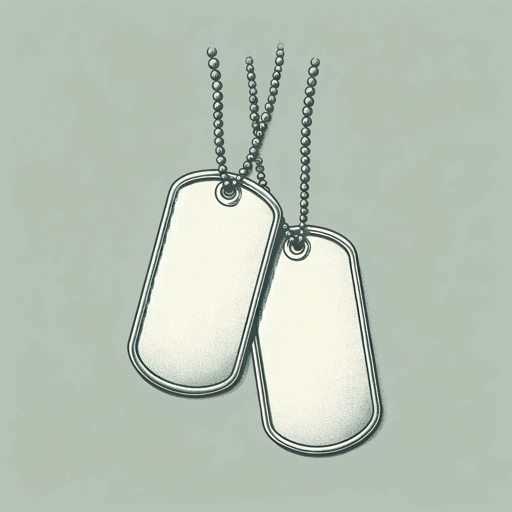
my dreams, my works, must wait till after hell
Gwendolyn Brooks

Speech to the Young: Speech to the Progress-Toward (Among them Nora and Henry III)
Gwendolyn Brooks

The Ballad of Rudolph Reed
Gwendolyn Brooks

The birth in a narrow room
Gwendolyn Brooks
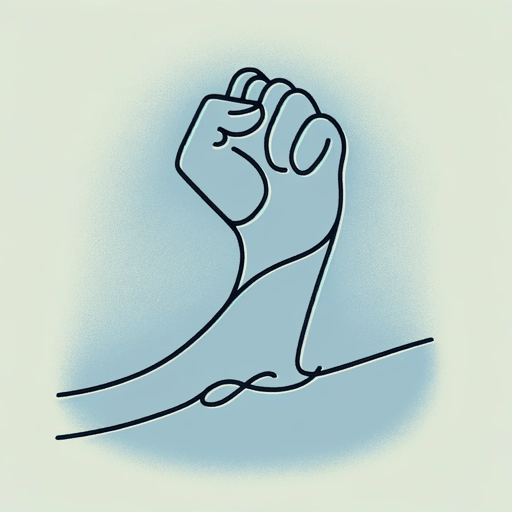
The Blackstone Rangers
Gwendolyn Brooks

The Chicago Defender Sends a Man to Little Rock
Gwendolyn Brooks
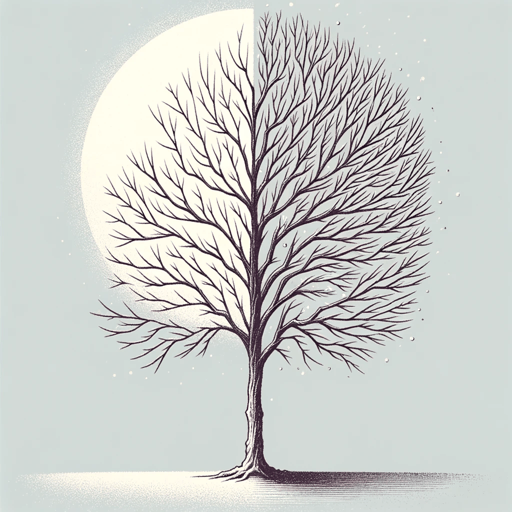
The Crazy Woman
Gwendolyn Brooks
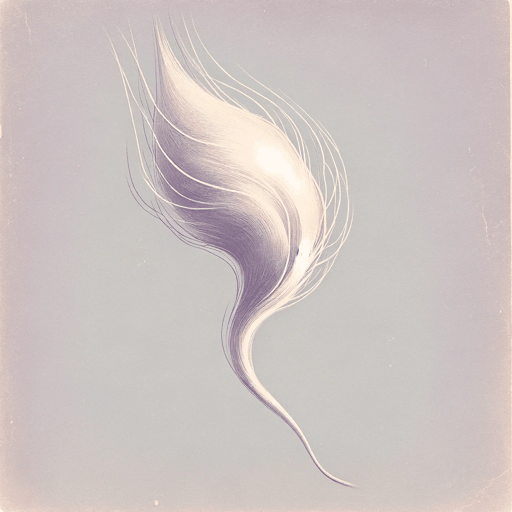
The Mother
Gwendolyn Brooks

the rites for Cousin Vit
Gwendolyn Brooks

To Be in Love
Gwendolyn Brooks

To The Diaspora
Gwendolyn Brooks

Ulysses
Gwendolyn Brooks

We Real Cool
Gwendolyn Brooks

